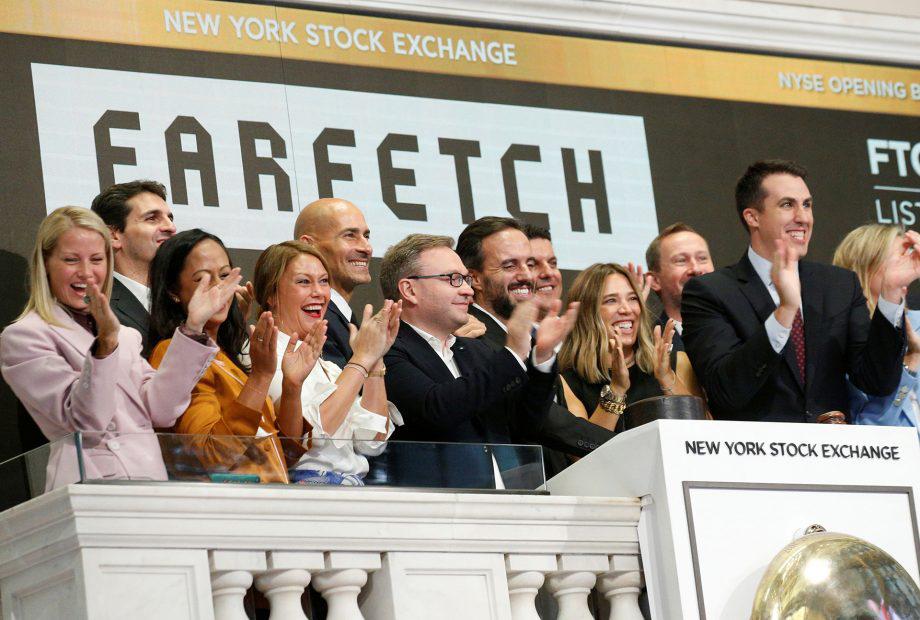In a little under one year, Farfetch has gone from also-ran to luxury e-commerce Wunderkind. The online platform’s share price performance speaks for itself. In March 2020, Farfetch was seen as internet small fry whose accounts struggled under the weight of investments in marketing and technology. Shares hit a low of $7, considerably less than the initial public offering price in September 2018. As consumption faltered at the height of the first wave of Covid-19, Farfetch seemed incapable of lifting itself out of the red. But that was before two game-changers.
The ideal Trojan horse
The first - the explosion of online retail last year - shed an entirely new light on Farfetch’s business model. Following a year-on-year increase of 50%, Bain & Co reported that online luxury purchases would rise to €49 billion in 2020 and that digital shopping accounted for 23% of the market. In this game of online poker, Farfetch had dealt itself four aces. Demand from Chinese consumers had also snapped back faster and stronger than expected, which made Farfetch the ideal Trojan horse for anyone looking to “go East, young man”. Hence Richemont and Alibaba, partners since 2018, and Artémis, the Pinault family (Kering) holding company, decided to invest $1.1 billion in Farfetch as a way to further expand into China. On the day the deal was announced, Farfetch shares jumped 8% and have continued to rise ever since. At close on February 18, the company’s stock was valued at $69, a gain of almost 450% in one year!
